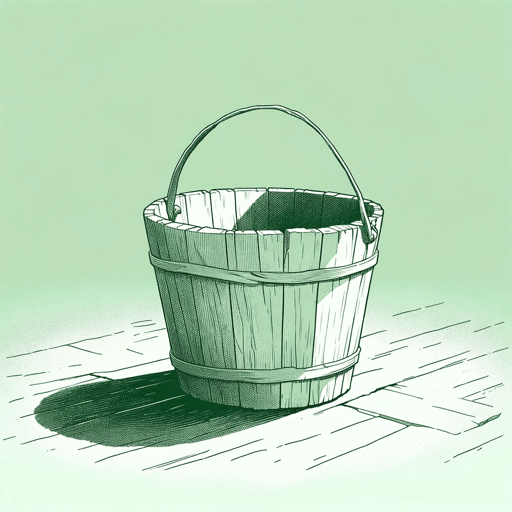51 pages • 1 hour read
Nancy IsenbergWhite Trash: The 400-Year Untold History of Class in America
Nonfiction | Book | Adult | Published in 2016A modern alternative to SparkNotes and CliffsNotes, SuperSummary offers high-quality Study Guides with detailed chapter summaries and analysis of major themes, characters, and more.
Part 3-EpilogueChapter Summaries & Analyses
Part 3: “White Trash Makeover”
Part 3, Chapter 11 Summary: “Redneck Roots: Deliverance, Billy Beer, and Tammy Faye”
In the late 20th century, identity politics became a means for previously marginalized peoples to assert their value and authenticity. Many groups, such as poor white people, had historically had their identity defined by others with cultural power. In this period, people labeled as white trash began to defend their heritage and celebrate their tastes, speech, and foods. Various ethnic groups similarly sanitized their pasts by embracing the food and literature from their native lands while forgetting the masses of poor immigrants. A similar impulse, per Isenberg, would refashion poor white people as a cultural group, not an economic class. The middle class in this period came to be associated with inauthenticity and homogeneity.
However, hostility toward the poor persisted. The film Deliverance presented an extremely negative portrayal of poor Southerners, with a message that any sympathy for these poor folks was a sign of weakness to be overcome (280). Some politicians, such as West Virginia’s Robert Byrd, were openly hostile to the poor, labeling them deadbeats. They railed against welfare programs that they depicted as distributing money to debased individuals and whipped up public opinion against the programs. Even modern Southern leaders, such as Jimmy Carter, exhibited some hostility toward the poor.
Featured Collections
Books on Justice & Injustice
View Collection
Books on U.S. History
View Collection
Class
View Collection
Class
View Collection
Community
View Collection
Contemporary Books on Social Justice
View Collection
Nation & Nationalism
View Collection
Sociology
View Collection
The Best of "Best Book" Lists
View Collection

